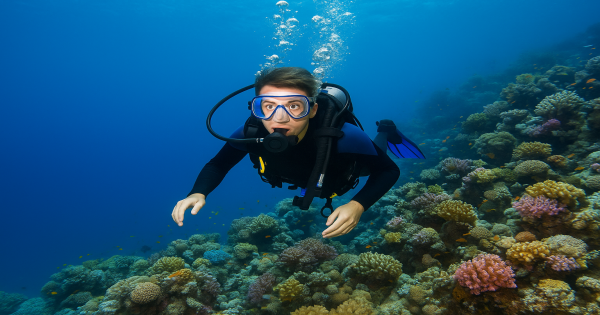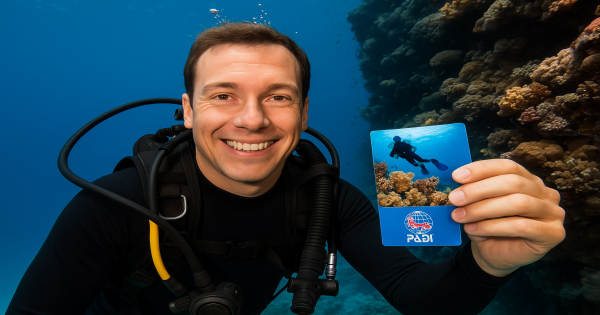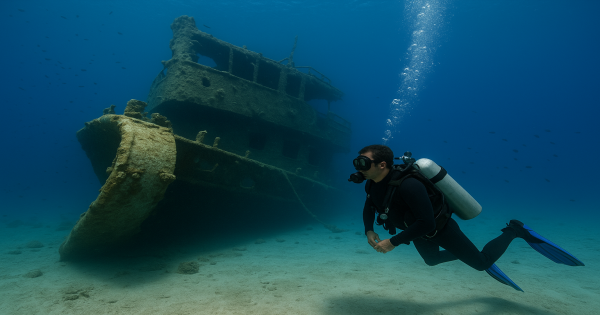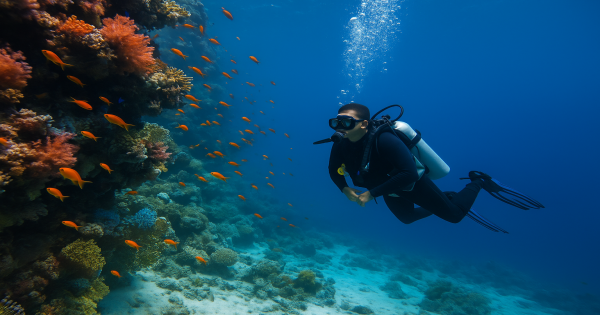Blog Details
how to choose the right wetsuit for diving
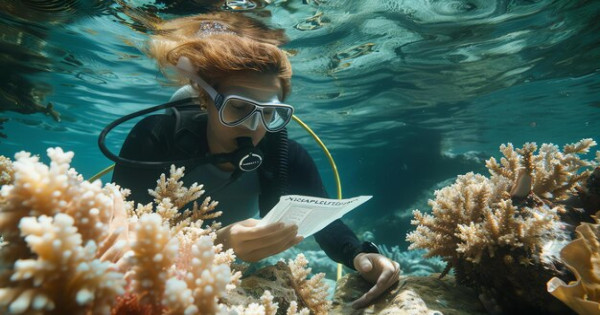
Understand the Importance of Wetsuit Thickness
The first thing you need to consider is the thickness of your wetsuit. Wetsuits are typically measured in millimeters, such as 3/2mm or 5mm. The first number refers to the thickness of the torso area, and the second to the limbs.
-
3mm wetsuits are great for warm waters (24°C and above).
-
5mm wetsuits work well in cooler waters (18–24°C).
-
7mm wetsuits or drysuits are ideal for cold-water diving (below 18°C).
Choosing the right thickness depends heavily on where you’re diving and your tolerance to cold.
Choose the Right Wetsuit Style
Wetsuits come in different styles, each suited for specific diving conditions:
-
Shorty wetsuits: Lightweight and perfect for warm-water diving.
-
Full wetsuits: Cover the entire body and are suitable for most recreational dives.
-
Semi-dry suits: Provide better insulation and are used in cooler temperatures.
-
Dry suits: Completely seal out water and are used in cold or technical dives.
When thinking about how to choose the right wetsuit for diving, remember your dive environment should guide your style choice.
Get the Fit Right: Tight but Comfortable
A wetsuit should feel snug without restricting your breathing or movement. Gaps or loose areas allow water to flush in and out, reducing warmth. It should be:
-
Tight around the neck, wrists, and ankles
-
No loose folds in the lower back or underarms
-
Easy to zip but not saggy
Still unsure what fits best? 📧 Contact us at [email protected]
📞 Or call +201092856966 to customise your diving holiday.
Consider Seams and Stitching
High-quality wetsuits are built to last and reduce water entry. The type of seams can impact both comfort and warmth:
-
Flatlock stitching: Durable and breathable, best for warm water.
-
Glued and blind stitched (GBS): Offers better insulation, great for colder waters.
-
Taped seams: Add waterproofing for extreme conditions.
When choosing the right wetsuit for diving, seam construction can make a significant difference in how warm and dry you stay underwater.
Don't Forget the Zipper Placement
The zipper can affect ease of wearing and flexibility:
-
Back zips: Easy to put on but slightly less flexible.
-
Chest zips: Provide better water resistance and flexibility.
-
No zip or zip-free wetsuits: Offer the highest flexibility for advanced divers.
Depending on your experience and needs, pick the zipper type that suits your comfort and diving style.
Material Matters: Neoprene Quality
The quality of neoprene affects the wetsuit’s insulation, durability, and flexibility. Look for:
-
Super-stretch neoprene: For more freedom of movement
-
Eco-friendly neoprene: Such as limestone-based for sustainability
-
Double-lined neoprene: Offers more durability for frequent divers
How to choose the right wetsuit for diving? Start by selecting a suit made from premium materials that match your diving goals.
Conclusion
Choosing the right wetsuit for diving is more than a size decision — it’s about safety, performance, and comfort. Whether you're just starting your underwater adventures or you're an experienced diver exploring shipwrecks and coral reefs, your wetsuit is your second skin. Take your time, try different fits, and trust the experts.
📧 Contact us at [email protected]
📞 Or call +201092856966 to customise your diving holiday and get help picking the ideal wetsuit.
